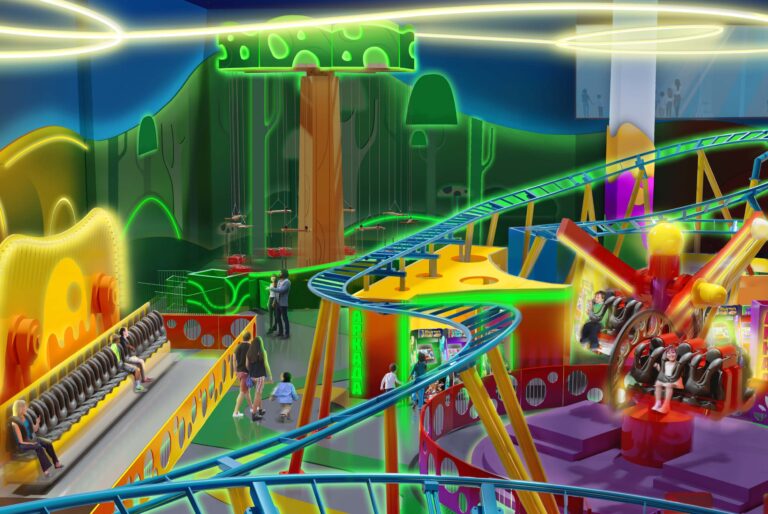
When envisioning the creation of an amusement park, it’s easy to be swept away by dreams of joy, excitement, and unforgettable memories. However, before embarking on this exhilarating journey, a reality check is essential. Overlooking the substantial financial commitment required is a common pitfall that has derailed many aspiring amusement park entrepreneurs. This article sheds light on the often underestimated challenge of financing an amusement park venture — and how to navigate it successfully.
Mistake #2: Thinking it’s enough just to invest a lot of money
One of the most prevalent mistakes in amusement park design is underestimating the monumental financial investment necessary to establish and sustain a successful park. Contrary to the belief that early cash flow can cover implementation costs, reality demands a far more strategic and disciplined approach.
Imagine holding a comprehensive document that outlines your park’s design and development plan. Among its pages lies a crucial figure — the total investment required to bring your vision to life. Ensuring that these funds are truly available when needed is vital.
Relying solely on early operational cash flow to finance construction or expansion, even when phased, is impractical and risky. Cash flow should be viewed as the return on investment, not the lifeline for initial capital.
It’s equally important to plan for additional investments needed to optimize and enhance the park after its opening. Behind the façade of fun and excitement, an amusement park functions as a complex machine — one driven by people, processes, and efficient operational management. These, along with sound financial planning, form the backbone of a park’s long-term success.
Strategizing for Success
A new amusement park’s grand opening generates buzz and excitement, drawing crowds eager to experience the novelty. But as the initial curiosity fades, maintaining visitor numbers becomes the real challenge. This is where strategic planning, effective marketing, and operational adaptability come into play. An amusement park isn’t just an entertainment venue — it’s a living ecosystem, powered by carefully crafted strategies.
Behind the scenes, every component — from the thrill-seekers on the rides to the staff ensuring smooth operations — must work in harmony. This intricate system requires constant nourishment, both financially and strategically, to keep the park’s magic alive and visitors continually engaged.
Beyond Profit: Creating Lasting Impact
While the financial rewards of a well-conceived and efficiently managed amusement park can be significant, its true impact extends far beyond profit.
An amusement park is more than a business venture — it becomes part of the cultural and social fabric of its community. It contributes to local growth, creates jobs, and enriches the lives of its visitors. More importantly, it becomes a repository of cherished memories, etching itself into the hearts of generations.
In Conclusion
The misconception that only a modest or short-term financial investment is needed to build an amusement park can lead to disappointment and limit success. Recognizing the true financial commitment and implementing a robust strategy for resource and operations management are essential to building a thriving park.
Beyond the roller coasters and attractions, an amusement park represents a commitment to joy, culture, and lasting memories. By embracing this reality, you lay the foundation for a park that not only entertains but also leaves an enduring legacy within its community and the hearts of its visitors.
If you want to know more, contact us today and stay tuned for the next article about “Mistake #3”.